



The game
Jena is a wargame. Napoleon's army is facing the Prussian army. In fact, it was two battles: one in Jena and one in Auerstadt. These were 2 French victories, against 2 Prussian armies not well conducted. The German philosopher Hegel was at that time professor in Iena University and his work was influenced by this event: Napoleon was for him a revolution and liberalism victory symbol.
This is an interesting game, requiring some experience to master movements and combats in formation.
This game is a part of a trilogy with similar rules (except some details): Austerlitz, Jena, Waterloo
The illustration
The illustration is signed with a "Enea79" (Enea Riboldi) and is very detailed: Some "chasseurs de l'Escadron de la Vieille Garde" are charging. This uniform is visible on histofig.
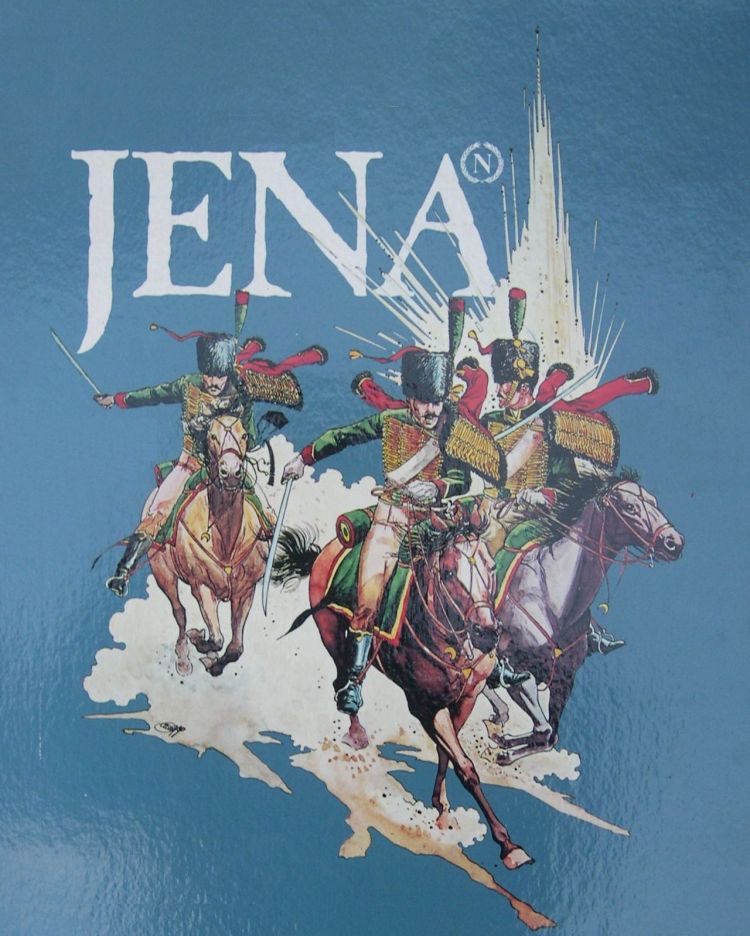
Opening of the box
The box contains the rules, the map, a mini map for training, 2 dice, the counters, a calendar and a combat table.

The map
The map represents the area of the two battles. The map is subdivided following a "little squares / big squares" grid.
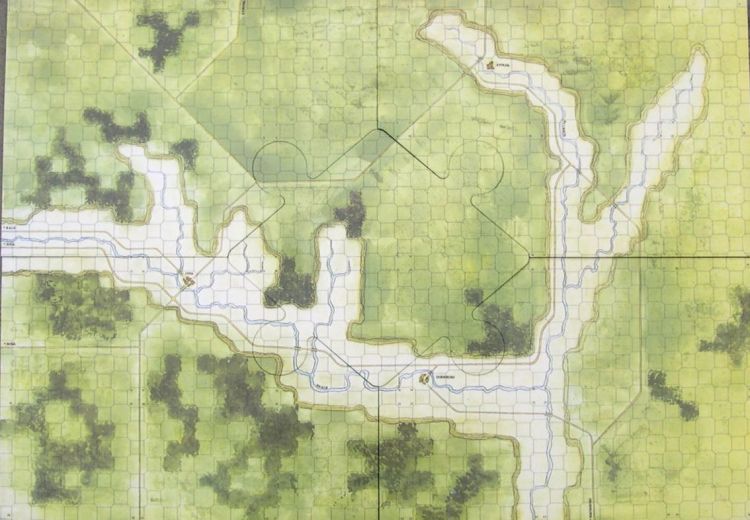
The counters
The game includes 65 French counters, 66 Prussian counters, 15 French smoke counters and 14 Prussian smoke counters. The counters are double sided. The second face represents the demoralized unit. Special thanks to Mark (UK) who gave me the scans (click on the picture for a better quality).
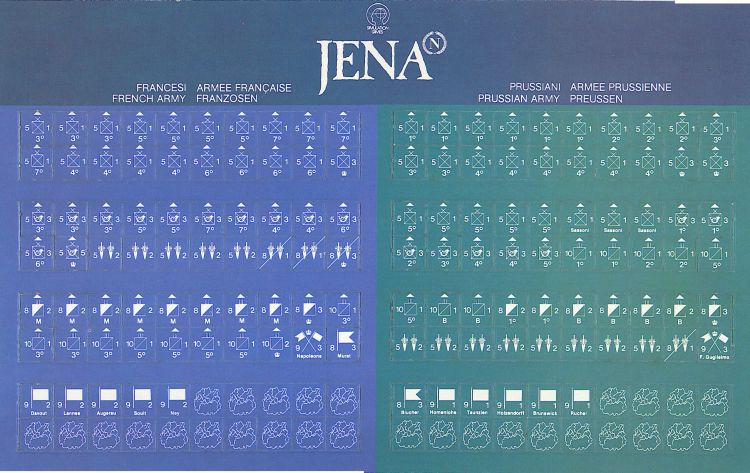
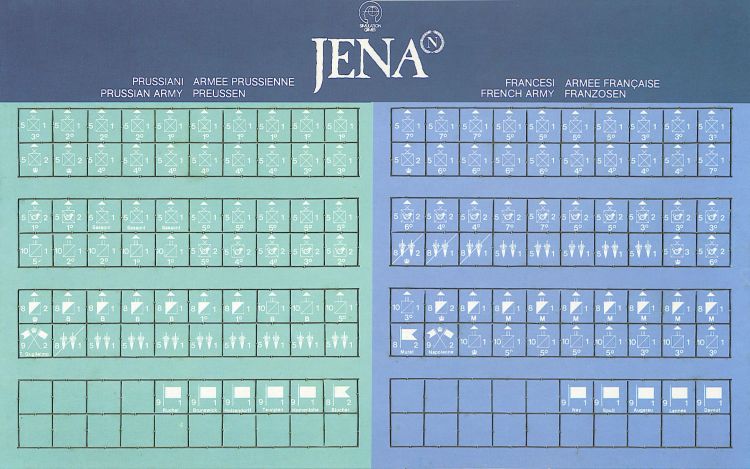
The rules
The rulebook contains 17 pages in four languages (Italian, English, German, French).
The game is divided into 15 turns (meaning 15 hours). The victory is achieved with the greatest amount of enemy units killed. Each turn is divided into 2 parts: one Austro-Russian and one French. Each part is divided into 3 phases: Artillery, movement and combat. The armies are entering step by step during the 8 first turns. Some areas are forbidden for some armies, to respect the original battle plan. During the first turns, the cavalry and artillery are handicapped by the smog.
The attacks can be made in formation, increasing the attack force.

The leaders increase the attack force of the adjacent counters.
As an optional rule, some units may be demoralized after a retreat of more than 3 squares. This demoralization affects the unit and the different units crossed during the retreat. Such unit can recover moral after a victory by direct combat with an enemy retreat of at least 3 squares.
The game includes a small map representing different terrains and used to learn the rules. Each player has 5 infantry units, 1 light infantry, 2 cavalry at 1 artillery.
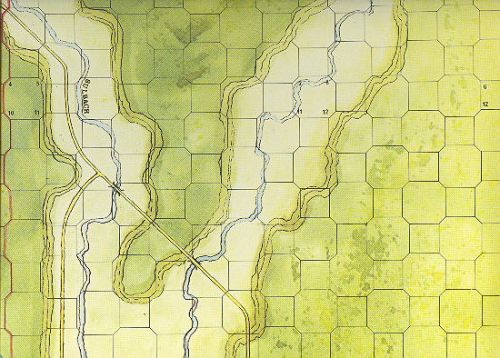
An article in Casus Belli:
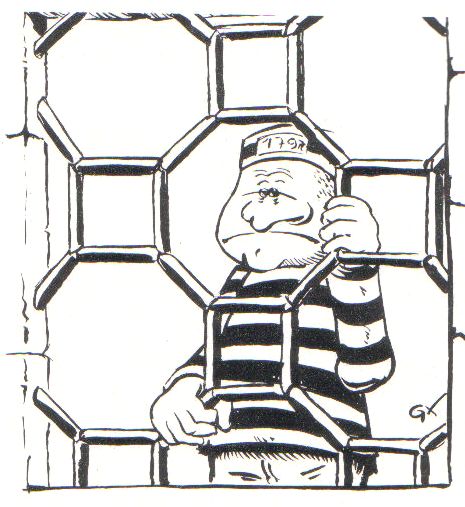 A very hard article was written in Casus Belli n°5 about Jena. It was written by Jean-Jacques Petit,
a famous French author of wargames, and well known for his historic realism. He clearly did not appreciate the lack of
realism and the weakness of the translated rules.
A very hard article was written in Casus Belli n°5 about Jena. It was written by Jean-Jacques Petit,
a famous French author of wargames, and well known for his historic realism. He clearly did not appreciate the lack of
realism and the weakness of the translated rules.The article in French
This article propose some rule enhancements for Austerlitz and Jena:
- charge on square authorized for the heavy cavalry: if the result is a retreat, the square is dispersed.
- one more movement point for each French unit.
- combat and movement on squares like on the octogons
- the artillery can fire at a maximum range of 3 squares. For the result, multiply the distance by 3 and apply the table.
Some price (2004-2006):